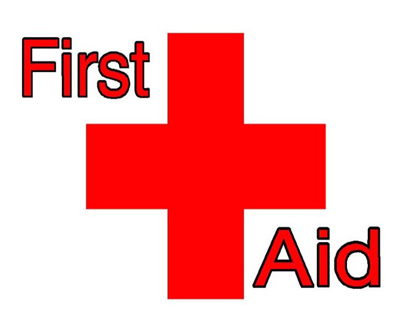First aid, as the name suggests, is the very first help, aid or immediate care given to the victim in case of injury, illness or trauma. There are times when the victim’s life is at stake due to injury or trauma, and the medical help is likely to take time to arrive. This is where first aid comes to the rescue. First aid is given before the professional medical treatment and can prove life saving, at times. In some cases, the requirement is only limited to first aid, while in other cases the first aid is the initial and temporary treatment, and the victim may require further medical care and surveillance. купить оголовники бетонные в Старом Осколе
Whether doctors, para-medics or a layman, first aider’s immediate response during the first 15 minutes, which is also known as Platinum Period, is important. And for this, one should know the ABC of it:
A – Airway
The victim’s airway should be clear or it may lead to choking. Make sure the tongue, foreign objects or any kind of fluid does not block the victim’s airway.
B – Breathing
Make sure the victim is able to breath freely and adequately, or first aid attendant will need to provide artificial respiration or rescue breathing, promptly.
C – Circulation
If the victim is bleeding profusely, check the pulse count for blood circulation.
It is the moral responsibility of the elders in the family to have a first aid kit at home. It is our prime duty to teach the younger family members its importance, techniques and basic use.
First Aid Kit
The kit can either be a small box or a cabinet that has all the following contents:
- Bandages like band-aids, crepe bandages and sticking plaster
- Moleskin for blister treatments
- Sterile dressing to apply on the wounds
- Gauze
- Disinfectants to clean the wounds
- Antiseptic ointment or oral tablets
- Pain reliever spray or oral tablets
- Other medicines or pain killers that do not require doctor’s prescription
- Cotton roll
- Scissors
- Thermometer
- Cleansing soap/ sanitizer
Try to replace the contents of the kit every two to three months. Keep checking the expiry date of the medicines and avoid using contents close to expiry date. Keep the kit at a place that is easily accessible; however, away from the reach of children.
As far as possible, first aid kit should be a white box with a red cross (plus sign) on it, to make it easily recognisable.
Common conditions when the first aid kit plays a crucial role:
As mentioned earlier, first aid is usually the quickest and earliest way to treat the victim. Following are the common conditions wherein the first aid kit can act as a life saviour:
- Breathing problems
- Bleeding – internal / external
- Cardiac emergencies / stroke
- Burns / Cuts / Wounds
- Animal bites / Insect stings / Poisoning
- Dislocation / Sprain / Fractures / Strain
- Sports injuries / injuries due to vehicular accidents
- Fainting / Drowning
- Drug Overdose
First Aid Training
- It is important for a layman to have some professional or technical knowledge about giving first aid.
- In case of schools and colleges, all the teachers and lecturers should be trained for the same.
- It is advisable to keep a small first aid kit in your vehicle. This may help you to save your as well as others’ lives.
- First aid kit should top your list when you are travelling, especially during adventure camps and trekking. In case of emergency, this kit would help to ease your pain to a great extent. Your guide or leader should be aware about the basic techniques of providing aid in emergency.
Be the first to save life, be the first to give first aid.


